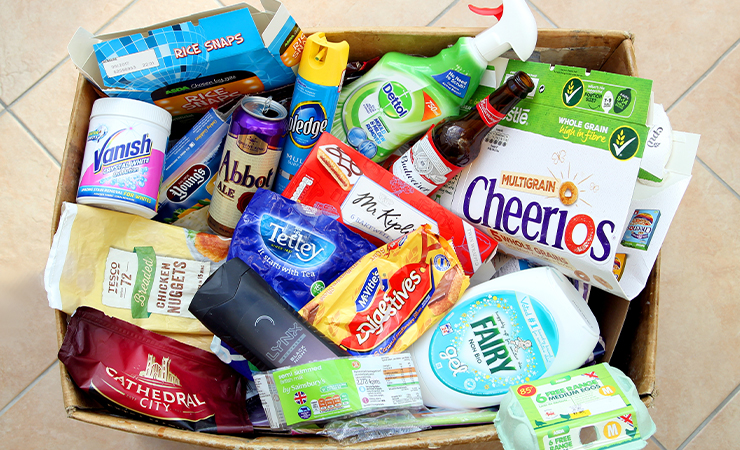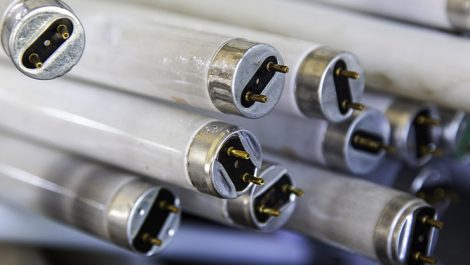Technology and innovation go hand-in-glove and with each advance, recycling in the graphics industry gets a little more complex. Sustainability, environmental and commercial, gets equally harder, particularly in the context of other business pressures.
This being a drupa year we’re expecting all sorts of new technologies to be presented in Düsseldorf in May. And not to be outdone, Fespa in Amsterdam is the site of a bevy of new technologies this month. Ricoh will introduce a new flatbed roll-to-roll printer and there will be many more new products to explore. There is certainly no lack of innovation, but we aren’t seeing enough being done when it comes to sustainability developments.
The problem isn’t so much with commercial print waste, since most of this is still paper based. Paper recycling is well-established in developed economies and although the paper industry is slacking when it comes to digital print deinking and recycling investments, the model is at least there. At some point the necessary upgrades will be made.
Press technologies are also readily recycled and here too a model is in place. Ricoh, Canon, HP and Xerox have long since reused skins and other components from devices they have reclaimed for reuse. And printing presses have very long lifespans, assuming parts and consumables are still available. But more seriously we have new inks and substrates that cannot always be easily parted. This compromises paper recycling and will undermine the considerable advances made in the industry’s environmental sustainability in the last few years. That said, in the commercial print sector we have an established foundation and supply chains for improved sustainability. The same cannot truly be said for the packaging sector where innovation, particularly in materials science may be spurring more problems than it solves.
In the last few years we have seen some gorgeous innovations in shapes and sizes of packaging, thanks to innovation in substrates, inks and packaging systems. There has been a trend towards smaller packages and multipacks, packages within packages which suits the market but drives excess packaging consumption. This inevitably generates waste, much of which gets burned rather than being put into established recycling streams.
According to data from the European Union (EU), each European generated an average of over 188kg of packaging waste, ranging from 73.8kg per person in Croatia to more than 246kg per person in Ireland. The EU’s goal is to recycle 70% of packaging waste by 2030, from all sources but perhaps we shouldn’t be generating so much of it in the first place. That is much easier said than done, but as with judicious use of print which is now a commonplace, we can all think more carefully about the packaging waste we generate.
Laurel Brunner
This article was produced by the Verdigris Project, an industry initiative intended to raise awareness of print’s positive environmental impact. This weekly commentary helps printing companies keep up to date with environmental standards, and how environmentally friendly business management can help improve their bottom lines. Verdigris is supported by the following companies: Agfa Graphics, EFI, Fespa, Fujifilm, HP, Kodak, Miraclon, Ricoh, Unity Publishing and Xeikon.





